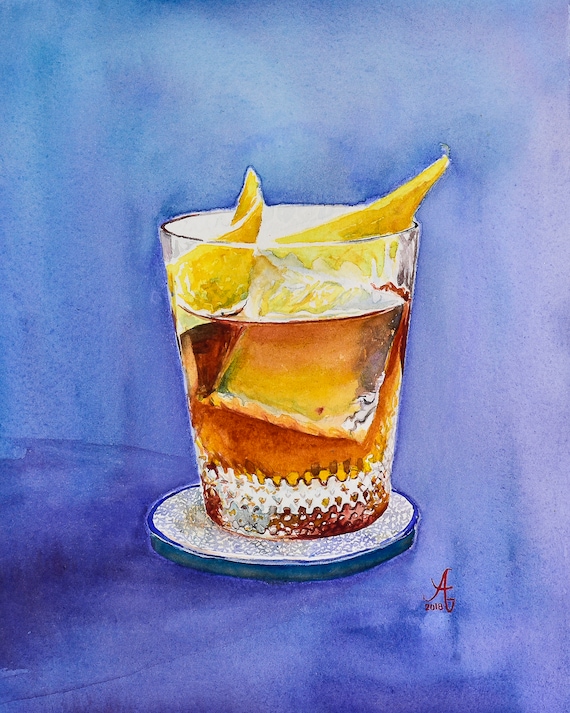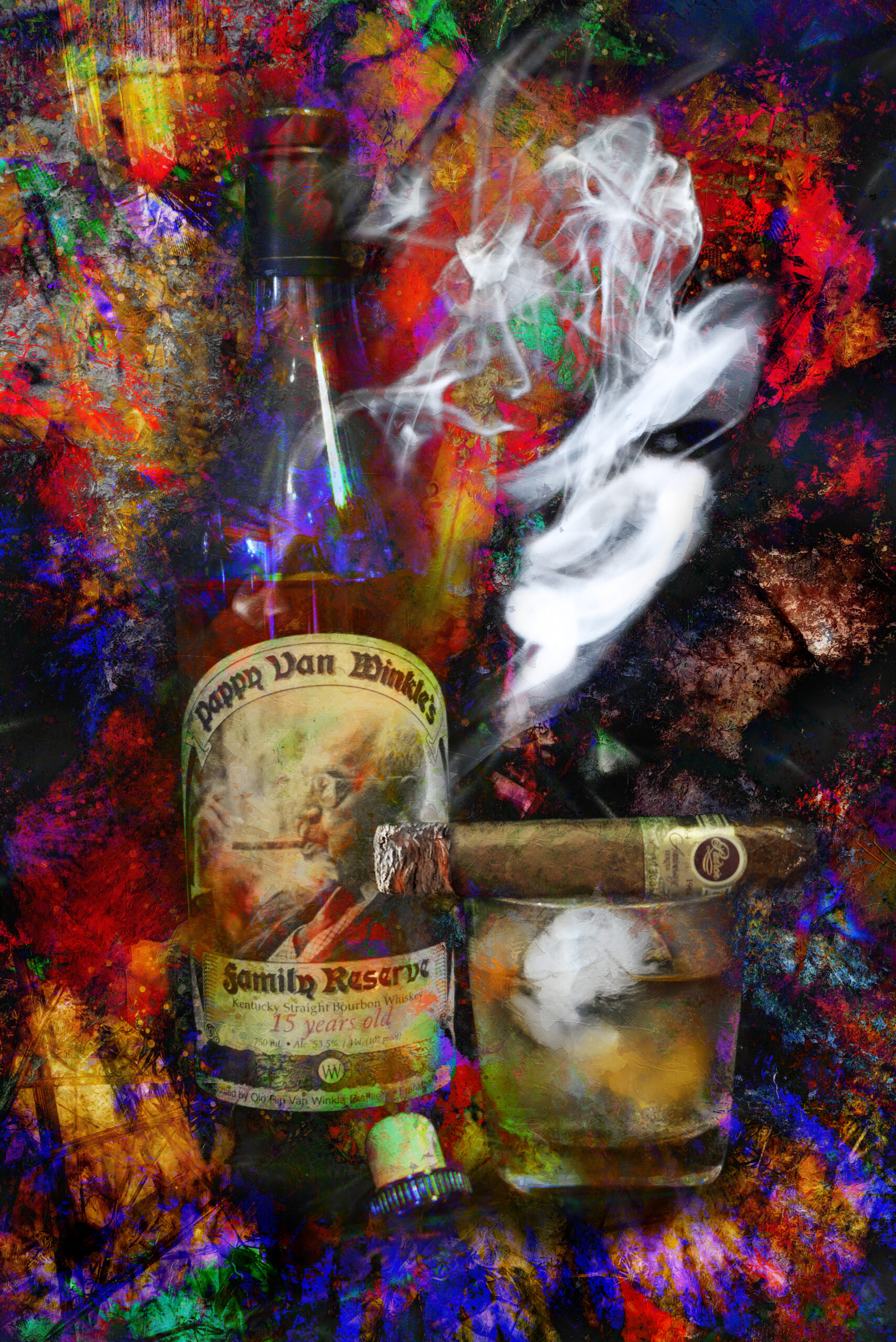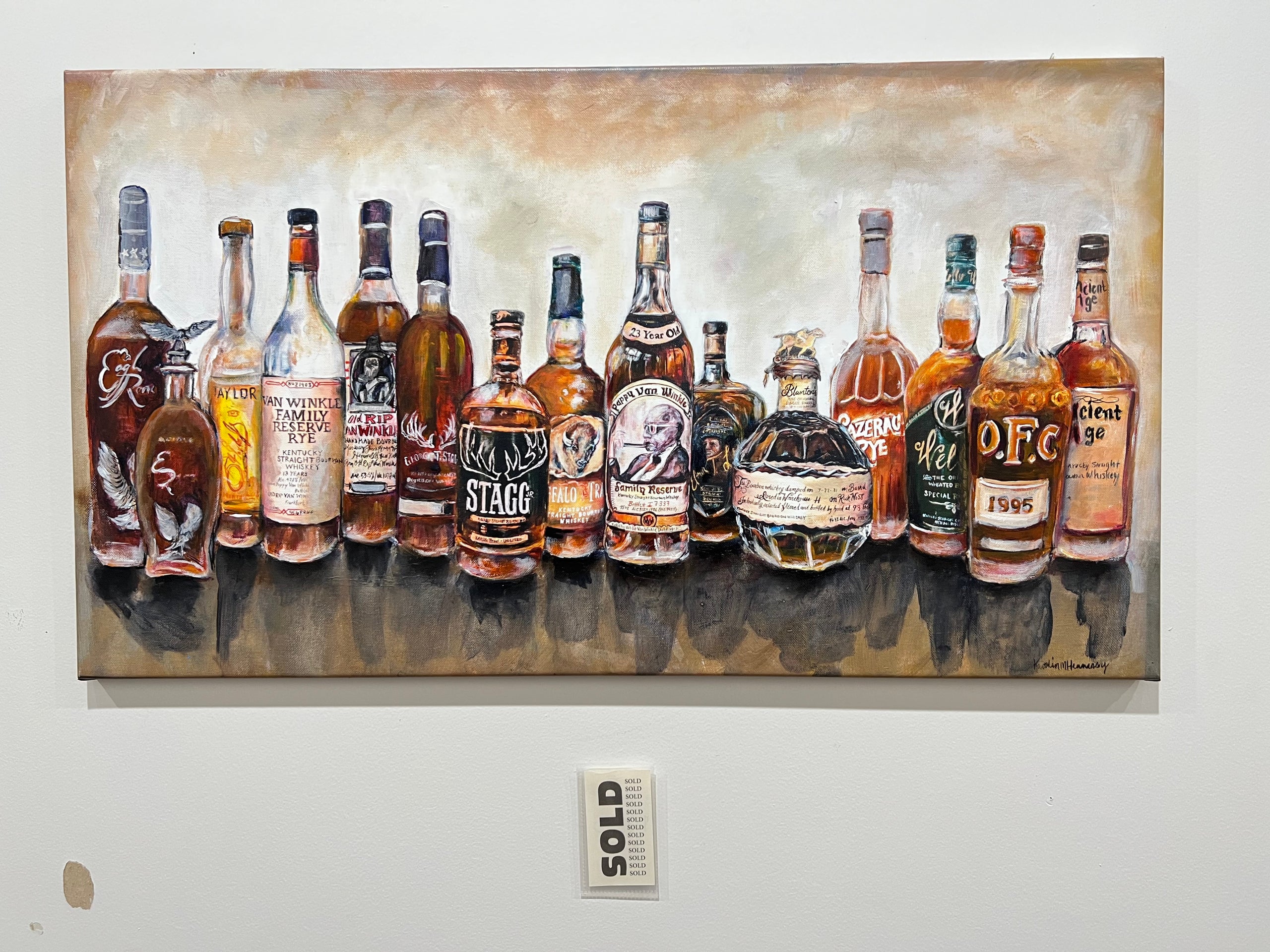Check out the World of Bourbon Art: A Trip Via Society and Workmanship
Check out the World of Bourbon Art: A Trip Via Society and Workmanship
Blog Article
The Significance of Whiskey Art in Celebrating Heritage and Workmanship in the Beverage Industry
The detailed relationship in between whiskey art and the event of heritage and workmanship within the beverage sector can not be overstated. With attentively created containers and labels, bourbon brand names envelop their historical origins and the artisanal skills that specify their manufacturing approaches. This artistic dimension not just enhances market charm yet also serves as a conduit for cultural storytelling, promoting a deeper connection in between the customer and the craft. As we explore the numerous aspects of this topic, intriguing inquiries regarding the impact of modern-day patterns on traditional techniques develop, prompting more assessment.
The Historical Origins of Whiskey
At the heart of scotch's attraction lies an abundant tapestry of historical roots that map back to ancient human beings. The origins of scotch can be connected to the distillation techniques of the Sumerians and Babylonians around 2000 BCE, where early types of fermented grain drinks began to arise. Nonetheless, it was in the Center Ages that the art of distillation progressed significantly, especially in Ireland and Scotland, bring about the development of bourbon as we understand it today.
The term "whiskey" itself derives from the Gaelic word "uisce beatha," indicating "water of life." This phrase highlights the cultural value of whiskey in Celtic cultures, where it was frequently connected with rituals, events, and common bonding. By the 15th century, distillation came to be a recognized craft within monastic neighborhoods, leading the way for the establishment of legal distilleries.
As trade routes broadened, scotch's appeal expanded, going beyond local boundaries and catching the rate of interest of connoisseurs worldwide. Realism Art. This historical trip shows not just the workmanship behind scotch production yet likewise its indispensable duty in social and social contexts, marking it as a considerable beverage throughout background
Artistic Expression in Branding
Whiskey branding stands as an engaging junction of virtuosity and business, where visual identification plays a vital function fit customer understanding. The aesthetics of scotch labels, product packaging, and advertising materials reflect not just the brand name's tale but also its core worths and heritage. Via creative expression, distilleries convey a narrative that reverberates with customers, evoking feelings and triggering connections.
The usage of color, typography, and images in branding serves to differentiate items in a saturated market. For example, traditional themes may stimulate a sense of credibility and craftsmanship, while contemporary designs can symbolize development and forward-thinking. This strategic creative instructions enhances brand name acknowledgment and loyalty, permitting consumers to create an individual relationship with the scotch they pick.
Furthermore, imaginative expression in branding often functions as a party of regional heritage. Distilleries often include local symbols or historic recommendations right into their designs, producing a feeling of place that invites consumers to engage in a broader cultural experience. Eventually, the virtuosity behind bourbon branding not only enhances visual charm yet additionally enriches the overall narrative of the brand name, cultivating a much deeper appreciation for the craftsmanship and heritage embedded in each container.
Workmanship in Container Layout
The artistry apparent in scotch branding prolongs past aesthetic identification to include the workmanship entailed in bottle layout. Each container offers as a vessel not simply for the spirit within, yet additionally for the tale it outlines its top quality, beginning, and custom. The design procedure requires careful attention to information, as aspects such as shape, closure, and material add dramatically to the overall perception of the whiskey.
Craftsmanship in bottle design includes selecting top notch glass that can boost the bourbon's shade and clarity, while likewise offering a responsive experience for the consumer. The silhouette of the container should be both useful and aesthetically attractive, usually reflecting the heritage of the brand. Many distilleries decide for unique forms or printed logos that evoke a feeling of authenticity and background.
Moreover, the tag layout and typography play a vital duty in interacting the brand name's story. Limited Edition. A well-crafted bottle not just astounds the customer's eye but additionally enhances the brand's dedication to quality and tradition. In this way, the workmanship of container layout ends up being an essential element of the whiskey additional resources experience, combining creativity with a profound regard for heritage
Cultural Importance of Whiskey Art
Celebrating custom and workmanship, the social relevance of bourbon art transcends mere aesthetic appeals, intertwining with the social and historic narratives of the regions from which it comes from. Each bottle acts as a canvas, illustrating the unique stories, mythology, and practices that have shaped neighborhood whiskey-making techniques. The elaborate styles usually mirror the heritage of the distillers, incorporating signs and themes that reverberate with the society and values of their neighborhoods.

Additionally, bourbon art plays an important role in public events and celebrations, offering as a tangible web link between individuals and their shared experiences. By valuing the creativity in whiskey packaging, consumers cultivate a deeper understanding and regard for the craft, eventually improving their enjoyment of the drink itself.
Modern Trends in Scotch Discussion
In current years, the discussion of whiskey has advanced to reflect contemporary preferences and trends while still honoring standard workmanship - Whiskey Art. Distilleries are significantly concentrating on aesthetic aspects that boost the total drinking experience, bridging the space in between heritage and modernity
Cutting-edge bottle designs have emerged, usually incorporating sustainable materials and creative labels that inform engaging tales. Several brand names currently collaborate with local artists, infusing their products with distinct visual expressions that resonate with consumers. Furthermore, limited-edition releases are typically packaged in collectible containers, including value and charm YOURURL.com for lovers.

Verdict
In final thought, scotch art offers as an essential avenue for revealing the heritage and workmanship intrinsic in the drink market. Through elaborate branding, innovative container layouts, and culturally substantial imaginative elements, scotch brand names efficiently honor their practices and link with consumers.


Craftsmanship in container layout entails choosing top notch glass that can improve the whiskey's shade and quality, while likewise offering a responsive experience for the customer. In this way, the workmanship of container design becomes an essential element of the whiskey experience, combining creativity with a profound regard for heritage.
In conclusion, bourbon art serves as a vital avenue for revealing the heritage and workmanship intrinsic in the beverage sector.
Report this page